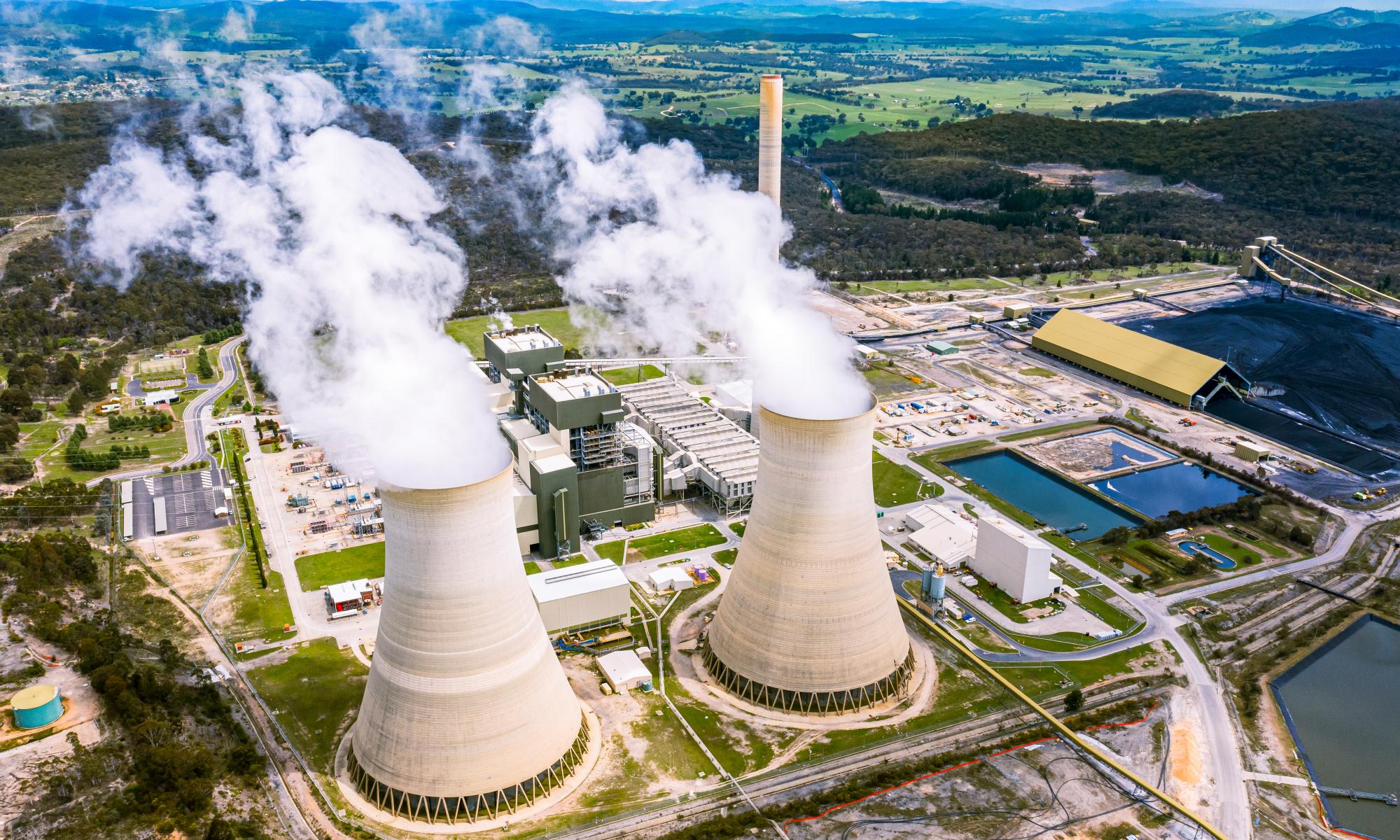Global greenhouse gas emissions are expected to slump this year after countries and industries shut down due to the Covid-19 pandemic, but Australia’s electricity grid appears immune.
An analysis found the reduced economic activity over a five-week period was likely to have cut emissions from the country’s coal-dominated power generation by only about 1% compared with previous years.
Total electricity consumption between 16 March and 21 April was 2.4% lower than last year, but more than half of that drop was likely attributable to it being warmer in 2019 in that period, leading to people running power-hungry air-conditioners more often.
The report by Hugh Saddler, an energy analyst who writes a monthly national emissions audit for thinktank The Australia Institute, also underscores the pace at which renewable energy generation has increased.
It provided more than 50% of power for nearly two hours in the middle of the day on Easter Saturday, the first time this happened for more than a few minutes.
From December to March, distributed rooftop solar power provided 16.3% of electricity in South Australia and 7.7% in Queensland, up from 10.1% and 5.3% respectively two years ago. Within the grid, renewable energy was 24.9% of generation.
Saddler, an honorary associate professor at the Australian National University’s Crawford School of Public Policy, said while Australia expected to see a significant fall in emissions from both road transport and aviation due to the virus shutdown when data became available, electricity and gas use had held up.
“Given the disruptive nature of the pandemic and its effects on sectors like transport, it might surprise some that the fall in carbon emissions from electricity, the most polluting sector in Australia, has been so small,” he said.
Saddler said Australia differed from some of the worst affected countries in that major energy users in Australia, such as mining, mineral processing and manufacturing operations, had mostly stayed open. Air-conditioning and lighting had continued to run in many shopping centres, offices, hotels and education centres though fewer people were using them, and household electricity use rose as people stayed home.
While total national emissions had remained mostly flat under the Coalition prior to the pandemic, electricity emissions have been reducing as a wave of clean energy has come online, driven by the rapidly falling cost of wind and solar technology and the 2020 renewable energy target. Investment in large-scale clean generation slowed last year after the target was filled and not replaced, and delays in building transmission infrastructure.
Richie Merzian, the Australia Institute’s climate and energy program director, said the pandemic risked slowing the power grid’s move towards a higher proportion of clean power if governments heeded a call from the Australian Energy Council, representing generators, retailers and networks, to use it to delay electricity market reforms.
“Electricity emissions have been slightly dented but there has been no real change, and things could get worse if the federal government upgrades and extends coal clunkers as part of the pandemic recovery package,” he said.
The report also examined the emissions contained in Australia’s east-coast liquefied natural gas (LNG) export industry. It found the embodied emissions being shipped from Gladstone to Asia as LNG had a much larger carbon footprint than the emissions from gas-fired power plants in the national grid.


